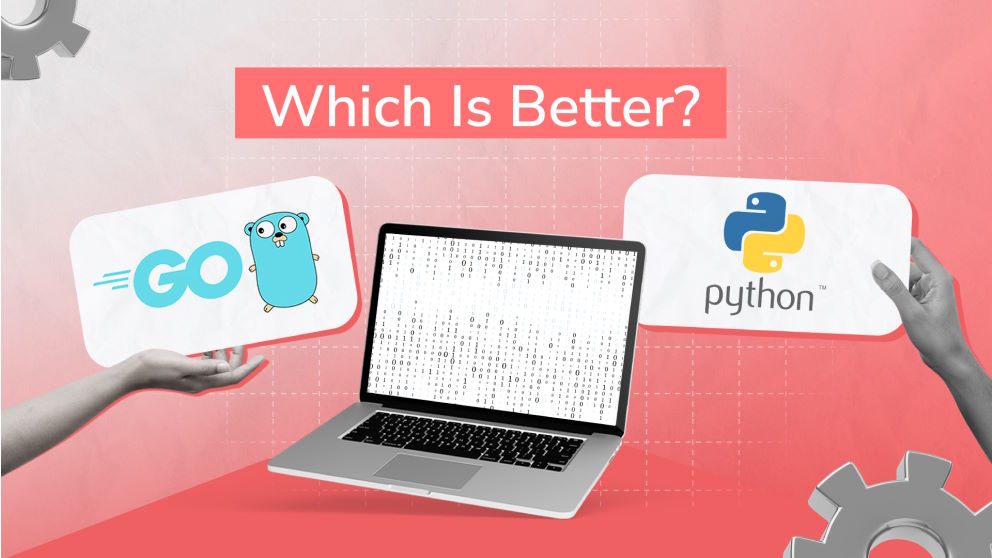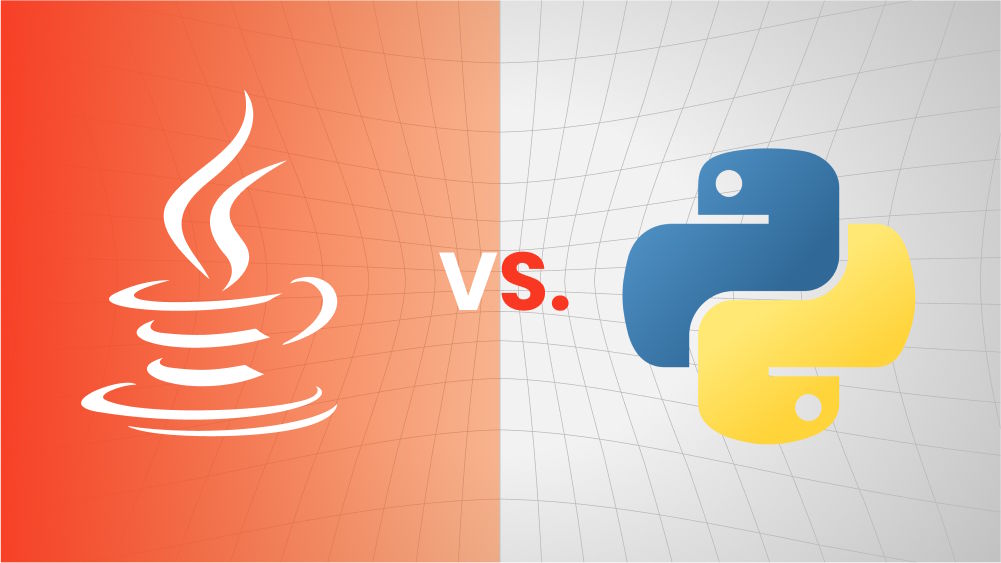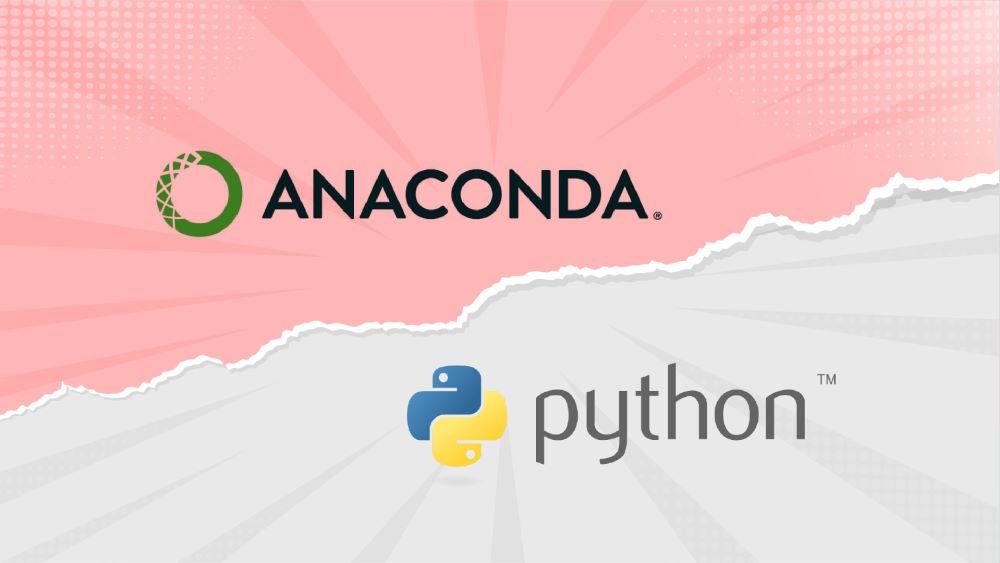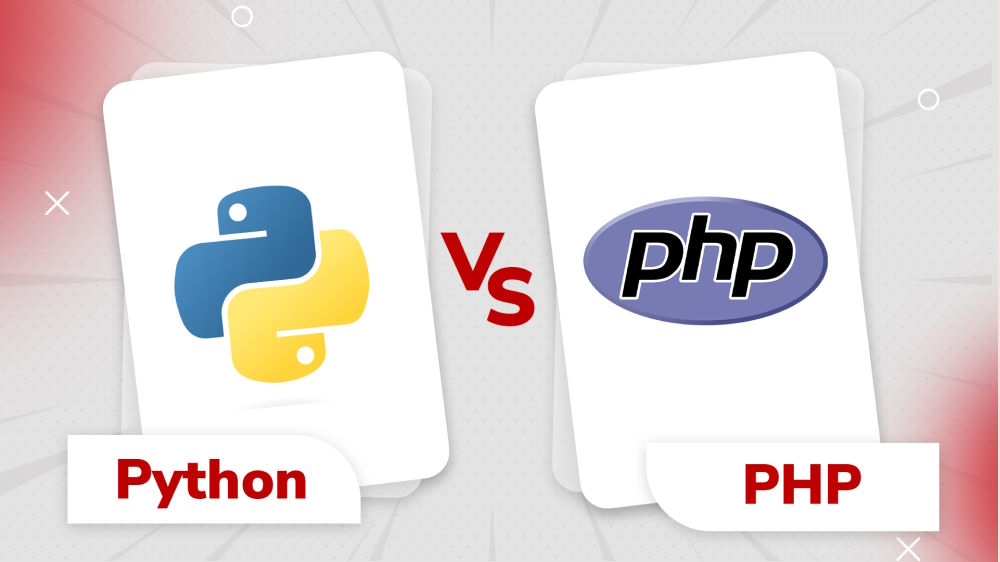JavaScript vs. Python: Which One Should You Pick?

Content Map
More chaptersThe software development industry is dynamic. It’s easy to see that the programming landscape has had many significant changes compared to previous years when information technology was still a fairly new concept. Not only are more new languages being introduced to the public, but their popularity levels are also constantly changing. Languages that once dominated the rankings no longer maintain their position due to users’ changing requirements, technological advancements, and market trends.
This evolving market accidentally makes choosing the right language more difficult than ever. The same situation applies to JavaScript and Python. As both are well-known programming languages, Python and JavaScript are often a common topic of discussion across communities. JavaScript vs. Python? Which one is the best? If you are on the journey of finding the right match, this article is for you.
Key Takeaways:
- JavaScript is typically a preferred choice for server-side applications, browser automation, and front-end tasks like event handling, animation, form validation, content loading, and DOM manipulation.
- Python’s strength lies more in data science, artificial intelligence, machine learning, data analysis, DevOps tasks, and back-end development.
- While Python can be used for front-end development with frameworks like Flask or Django, JavaScript is still the preferred language for client-side web development due to its rich ecosystem of frameworks and direct integration with browsers.
What Is JavaScript?
JavaScript is a scripting language. It is mostly used (but not only) as the client-side scripting language for web browsers. JS code was originally developed as a front-end language to provide browsers with dynamic content that couldn’t be written with just HTML and CSS.
By following the rules of client-side programming, JavaScript can run in the user’s web browser without requiring resources from the web server. It also supports various programming paradigms such as functional programming, object-oriented programming, and imperative programming, except procedural programming, as in Python.
Due to its ability to make websites more dynamic and user-friendly, JavaScript wins the front-end aspect of Python vs. JavaScript.
Some people are confused between JavaScript and Java. JavaScript is mainly used to make web pages more interactive. By comparison, Java is used in a wide range of places, including Android apps, credit card programming, and the creation of desktop applications and web enterprise applications.
Java is typically used for all server-side development, while JavaScript is reserved for developing client-side scripts for functions like validation and interactivity.
What Is Python?
Python is an object-oriented programming language created by Guido Van Rossum. It allows programmers to build apps and websites using objects that are nothing but virtual building blocks.
This means that developers create objects, assign attributes to them, or set them to perform actions. Python is applicable both on the server side and the client side.
However, it is more noticeable in back-end development. Unlike JavaScript, Python is more popular on servers. Python is seen as “a clear and powerful object-oriented programming language, comparable to Perl, Ruby, Scheme, or Java.”
As a general-purpose programming language, it has dynamic semantics and uses OOP concepts, which makes it easy to learn and code.
What Are the Differences between JavaScript vs. Python?
Popularity
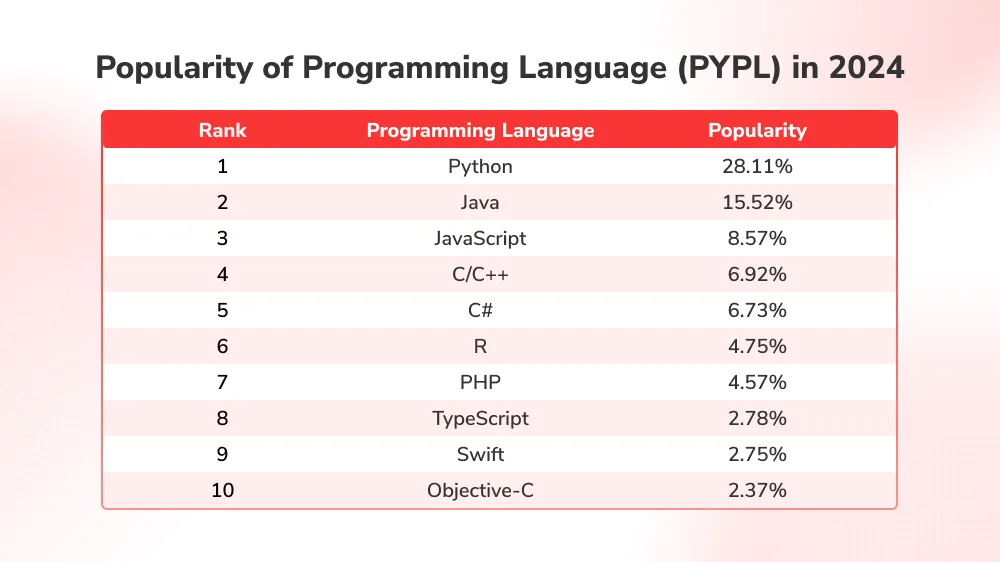
It’s clear from online sources that both JavaScript and Python are popular coding languages among developers in various industries and domains. However, upon closer examination of their popularity, we can see that Python is the winner in most rankings due to its strong user base and diverse ecosystem.
Based on statistics from Popularity of Programming Language (PYPL) in 2024, Python dominates the rankings of top in-demand programming languages worldwide, accounting for 28.11% of the market share. Meanwhile, JavaScript lost its position when it lowered to the top 3 behind Java, with 8.57% of the market share.
There are many reasons for the change in rankings of JavaScript and Python in recent years, and technical advancement is one of them. With the rapid development of advanced technologies such as machine learning and data science, a well-suited language with such a niche as Python is gradually becoming an in-demand choice for project teams.
JavaScript is also known to be harder to master than Python. Python is usually the beginners’ choice, especially for those who do not have any prior programming experience, as it is more readable, with few lines of coding and fewer structural rules. Meanwhile, JavaScript is difficult to debug, and there are many additional characters, such as curly brackets and semicolons. All the factors mentioned above drive usage frequency by the developer community as a whole.
Final result: Python is the winner.
Community and Ecosystem
As both JavaScript and Python are two of the most popular programming languages, it is understandable that they both have plenty of support from the IT community. It’s easy to find help on forums, message boards, and other online communities should you need JavaScript or Python technical support.
When it comes to ecosystems, JavaScript boasts a rich environment with well-known npm (Node Package Manager), as well as frameworks and libraries such as Angular, React, Vue.js, and Node.js. On the other hand, Python, with frameworks like Django and Flask, is a strong contender for web development, providing robust tools for developing web apps.
Depending on a given business need or level of familiarity with the language, the choice between JavaScript vs Python will vary from project to project.
Final result: The winner is decided based on your unique project requirements.
Performance and Speed
Although Python can also be used for web development through frameworks such as Flask and Django, its overall performance cannot be compared to JavaScript - a language that has long specialized for front-end interactivity.
As an interpreted language, Python lacks JIT compilation, which is a necessary technique for increasing execution speeds. Dynamic typing brings many benefits in terms of ease of use to users; on the other hand, it can potentially introduce additional overhead due to runtime type checking. This dynamic nature, combined with the lack of static typing, has negatively affected the actual performance of Python in certain computational tasks when compared to statically typed languages.
On the flip side, JavaScript, with the help of JIT compilation which converts JS code into optimized machine code at runtime, and event-driven architecture, which handles concurrent operations effectively without blocking the main thread, results in faster execution speeds compared to Python code. While it can lead to more concise code as a dynamically typed language, JavaScript allows variable types to be determined at runtime and optimizes speed during runtime.
Final result: JavaScript is the winner.
Learning Curve
Python and JavaScript code have different syntaxes, which leads to different levels of learning curves.
If you are a beginner with no previous coding skills and are looking for a programming language to start your career, Python is the best choice. While JavaScript requires explicit declaration of variable types before assignment, Python eliminates such processes. Python’s emphasis on clear syntax and readability makes it one of the most beginner-friendly programming languages. Users will receive simple scripts when starting to use Python and gradually progress to more complex applications in later stages of development.
On the contrary, concepts like event handling, asynchronous programming, and callbacks may seem too much for new learners. While understanding these diverse concepts is necessary for individuals who need to use JavaScript, they unintentionally add complexity for those unfamiliar with web technologies to navigate and quickly catch up. Improper implementation of JavaScript code sometimes leads to unexpected behavior, which is difficult to debug for users with little programming experience.
Final result: Python is the winner.
When to Use JavaScript and When to Use Python
JavaScript
- Web application development
- Dynamic Single-page Applications (SPAs)
- Front-end development
- Client-side scripting
- Mobile app development
- Game development
- Browser extensions
Python
- AI, machine learning, deep learning, and data science
- Back-end development
- Rapid prototyping and web scripting
- Ad hoc programming
- XML processing
- Database applications
- Desktop graphical user interface (GUI) applications
- Data analysis and data visualization
- Computer science education
A Comparison Table between JavaScript vs. Python
| Aspect | JavaScript | Python |
|---|---|---|
| Typing | Dynamically typed | Dynamically typed |
| Syntax | C-style syntax with curly braces | Indentation-based and clear syntax |
| Frameworks | Node.js for the back-end; Vue.js, React, and Angular for the front-end | Django, Flask for web development; pandas, NumPy for data science |
| Learning Curve | Can be challenging for beginners with no programming background | Generally friendly for beginners |
| Performance | Faster due to client-side execution | Slower due to interpretation |
| Concurrency | Supports asynchronous operations | Poor support for concurrency |
| Applications | Widely used in front-end development | Popular in back-end development, AI, data science, and automation |
So, Which One Should You Choose for Your Project?
JavaScript and Python are both popular programming languages, each with its own pros and cons. The choice between them depends on the nature of the project.
JavaScript’s greatest strength is front-end for web development. It allows you to have a dynamic and interactive website, with friendly user-interface. In terms of speed and performance, JavaScript also triumphs based on the result of “Python 3 versus Node.js fastest programs” Benchmarks Game.
Python, on the other hand, is easier to master and widely used for a variety of purposes due to its simplicity. Some big names that are using Python are Google, YouTube, Instagram, Spotify, and Reddit. It is also mostly known due to its usage in machine learning and AI.
In conclusion, JavaScript is faster, but Python is more flexible. JavaScript is mostly used for the front-end, while Python is used for the back-end. Rather than viewing it as a competition, JavaScript and Python indeed complement each other in full-stack development scenarios.
To make sure you pick the right programming language for different aspects of your web page, it is recommended to seek an expert’s advice in order to make sure that your project runs smoothly from beginning to end.

